
I can't count how many times I've heard variations on "I used Anki too for a while, but I got out of the habit." No one ever sticks with Anki. In my opinion, this is because no one knows how to use it correctly. In this guide, I will lay out my method of circumventing the canonical Anki death spiral, plus much advice for avoiding memorization mistakes, increasing retention, and such, based on my five years' experience using Anki. If you only have limited time/interest, only read Part I; it's most of the value of this guide!
My Most Important Advice in Four Bullets
- 20 cards a day — Having too many cards and staggering review buildups is the main reason why no one ever sticks with Anki. Setting your review count to 20 daily (in deck settings) is the single most important thing you can do [...]
---
Outline:
(00:44) My Most Important Advice in Four Bullets
(01:57) Part I: No One Ever Sticks With Anki
(02:33) Too many cards
(05:12) Too long cards
(07:30) How to keep cards short -- Handles
(10:10) How to keep cards short -- Levels
(11:55) In 6 bullets
(12:33) End of the most important part of the guide
(13:09) Part II: Important Advice Other Than Sticking With Anki
(13:15) Moderation
(14:42) Three big memorization mistakes
(15:12) Mistake 1: Too specific prompts
(18:14) Mistake 2: Putting to-be-learned information in the prompt
(24:07) Mistake 3: Memory shortcuts
(28:27) Aside: Pushback to my approach
(31:22) Part III: More on Breaking Things Down
(31:47) Very short cards
(33:56) Two-bullet cards
(34:51) Long cards
(37:05) Ankifying information thickets
(39:23) Sequential breakdowns versus multiple levels of abstraction
(40:56) Adding missing connections
(43:56) Multiple redundant breakdowns
(45:36) Part IV: Pro Tips If You Still Havent Had Enough
(45:47) Save anything for ankification instantly
(46:47) Fix your desired retention rate
(47:38) Spaced reminders
(48:51) Make your own card templates and types
(52:14) In 5 bullets
(52:47) Conclusion
The original text contained 4 footnotes which were omitted from this narration.
---
First published:
July 8th, 2025
Source:
https://www.lesswrong.com/posts/7Q7DPSk4iGFJd8DRk/an-opinionated-guide-to-using-anki-correctly
---
Narrated by TYPE III AUDIO.
---
Images from the article:
 astronomy" didn't really add any information but it was useful simply for splitting out a logical subset of information." style="max-width: 100%;" />
astronomy" didn't really add any information but it was useful simply for splitting out a logical subset of information." style="max-width: 100%;" />

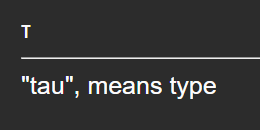


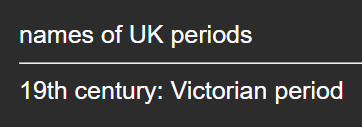
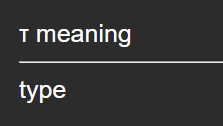
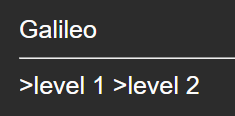
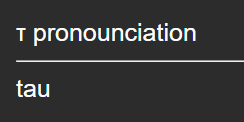
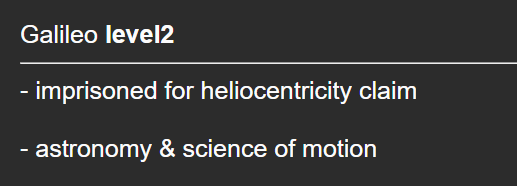






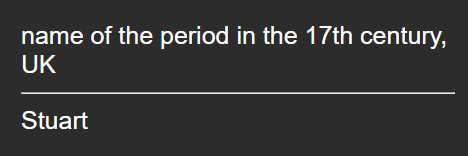








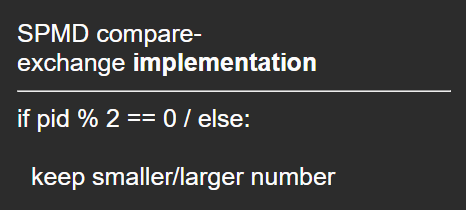



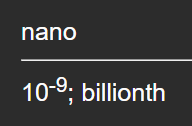
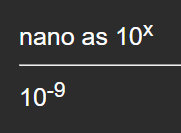
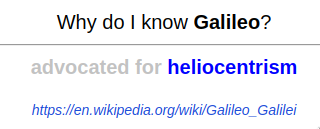
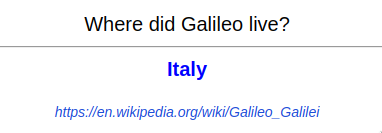
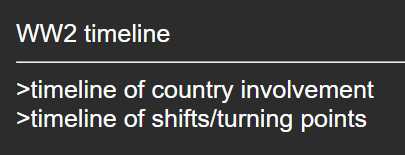
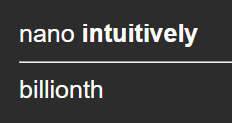
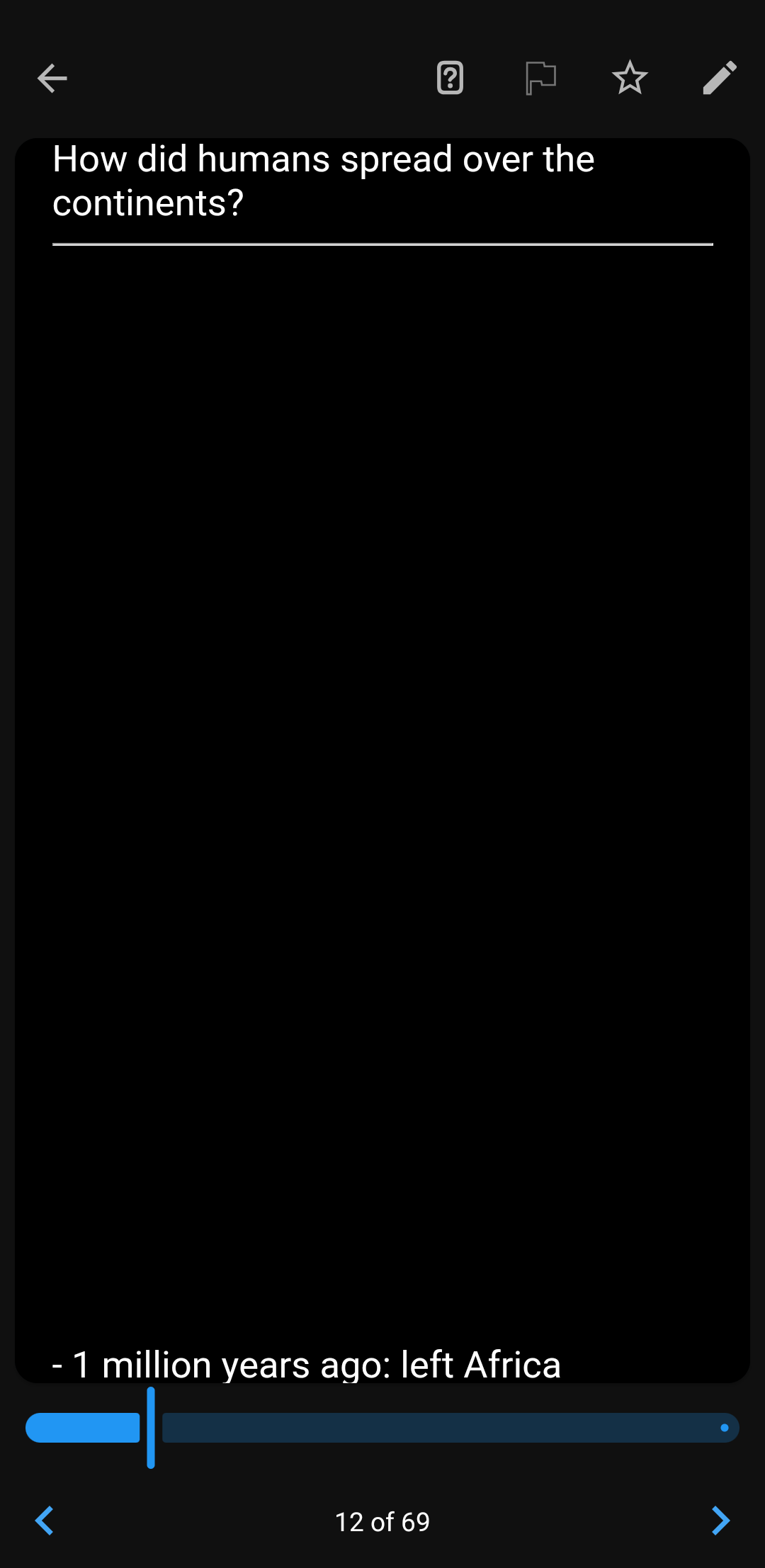
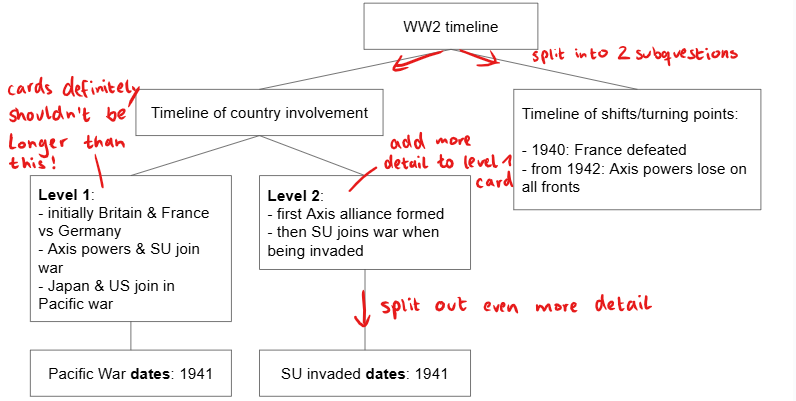
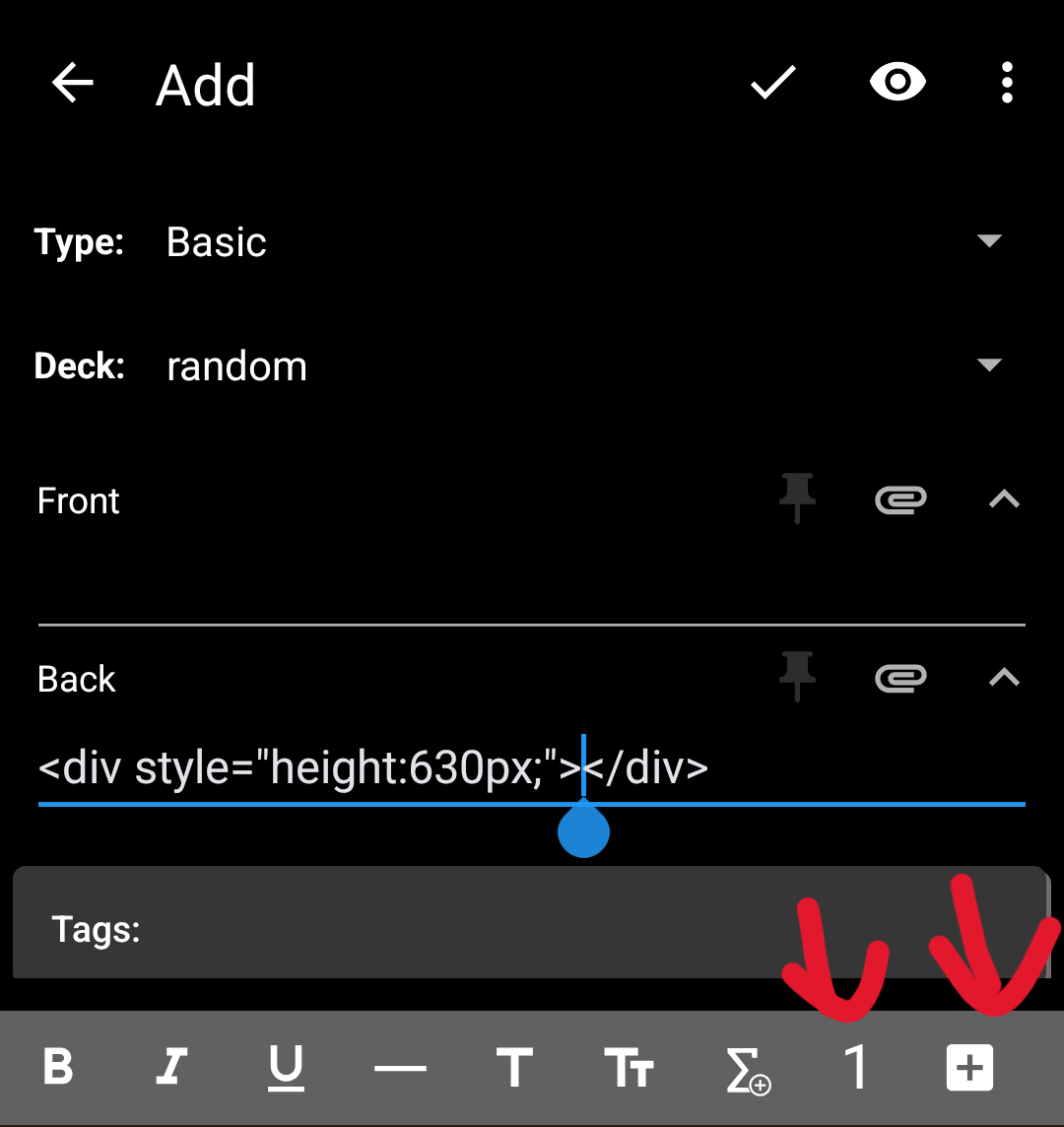

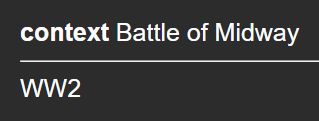

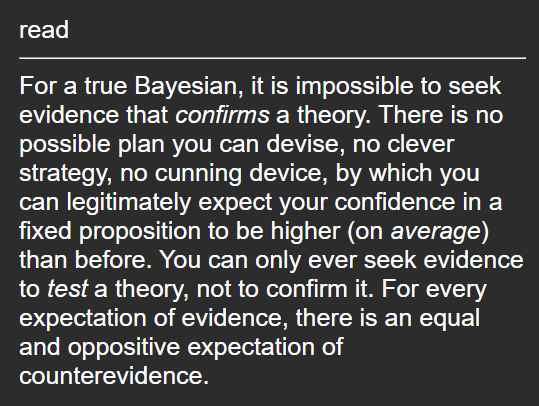

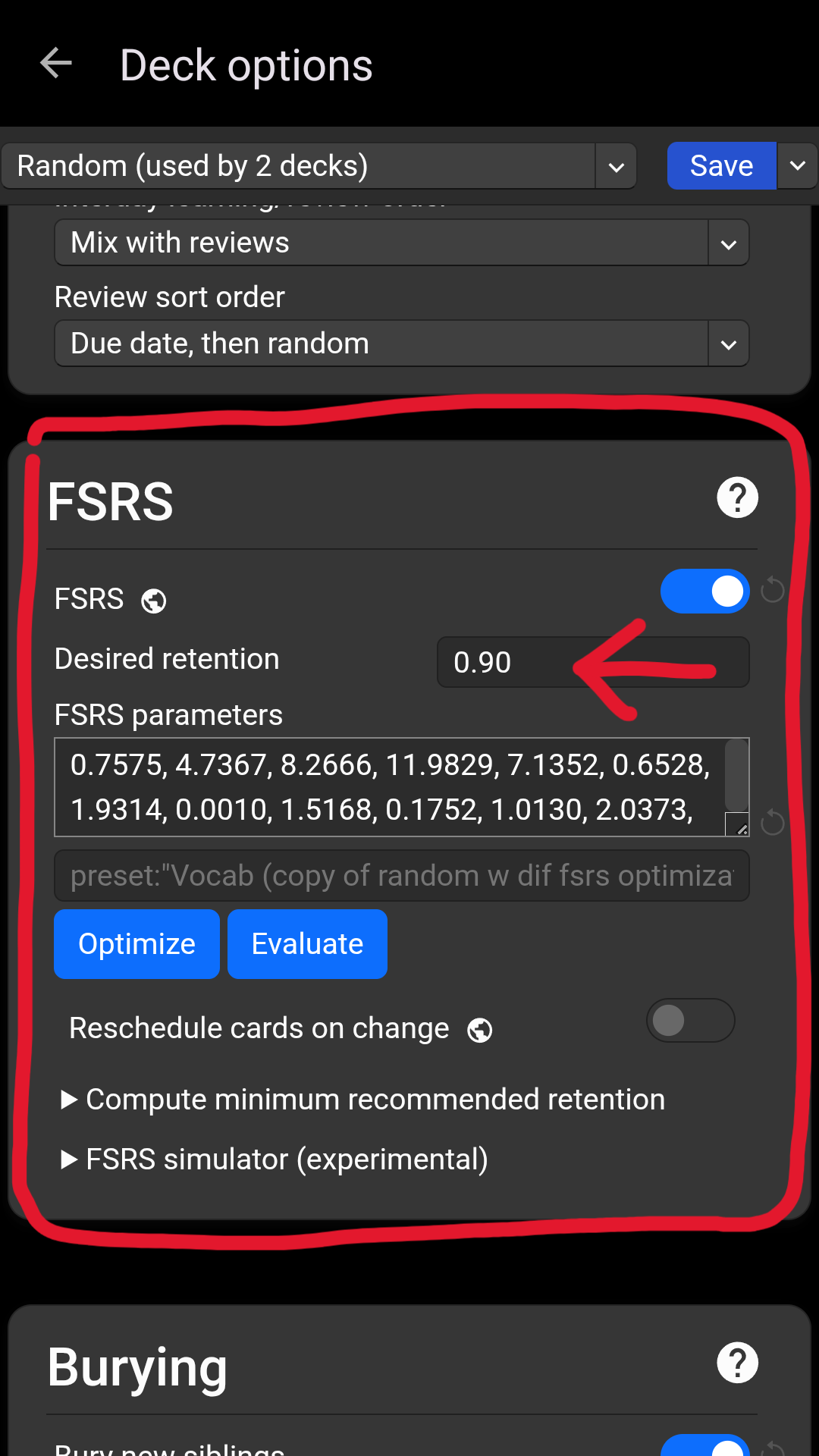

Apple Podcasts and Spotify do not show images in the episode description. Try Pocket Casts, or another podcast app.
Senaste avsnitt
En liten tjänst av I'm With Friends. Finns även på engelska.